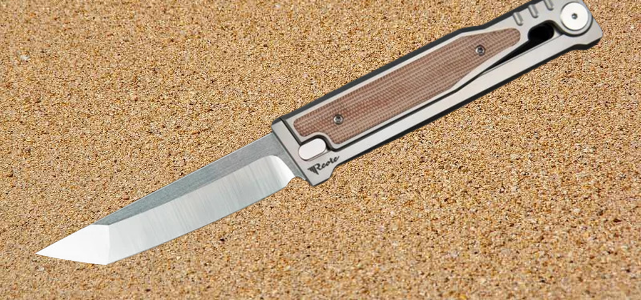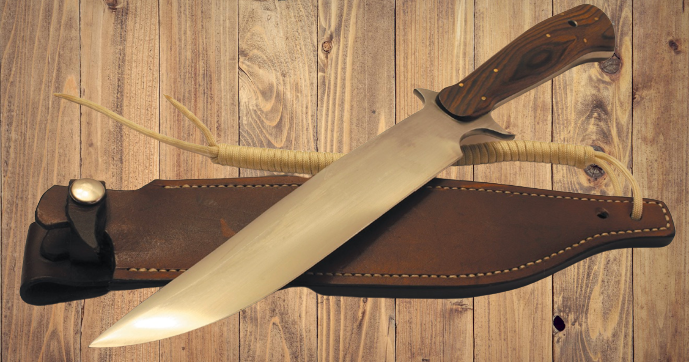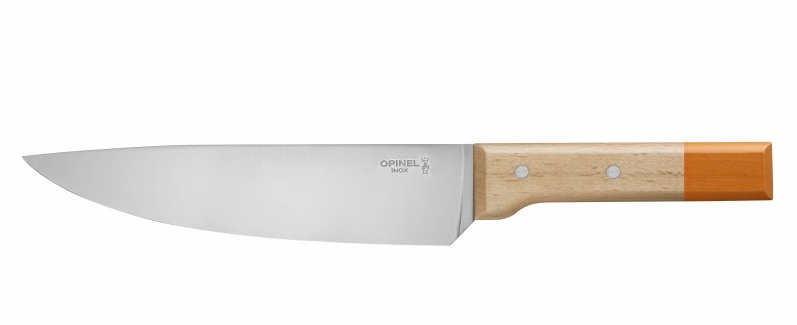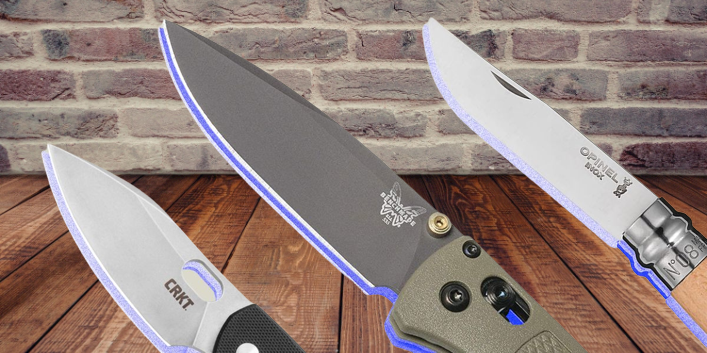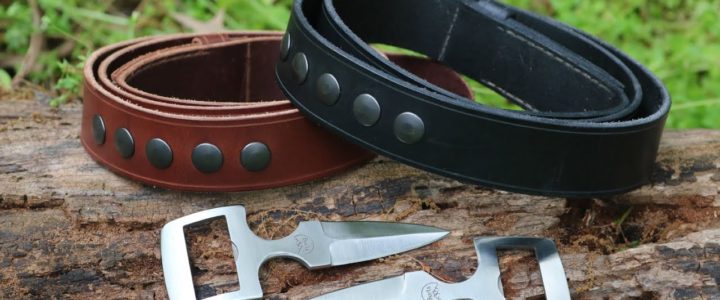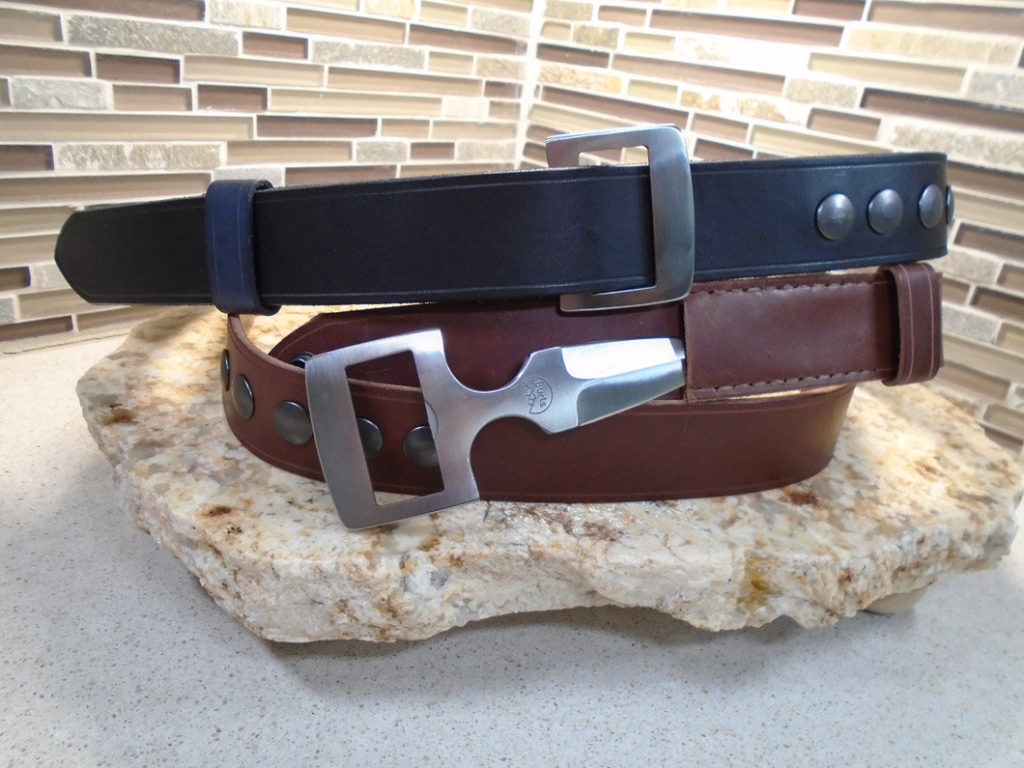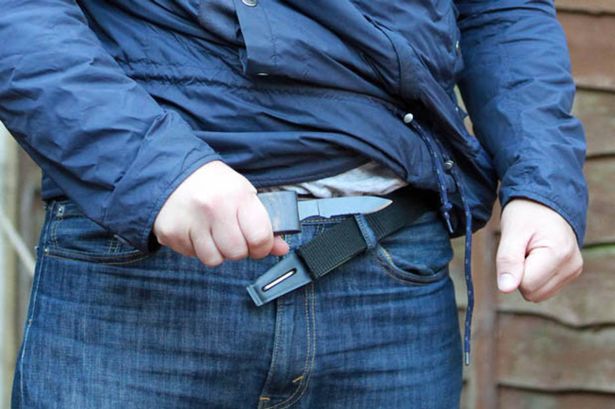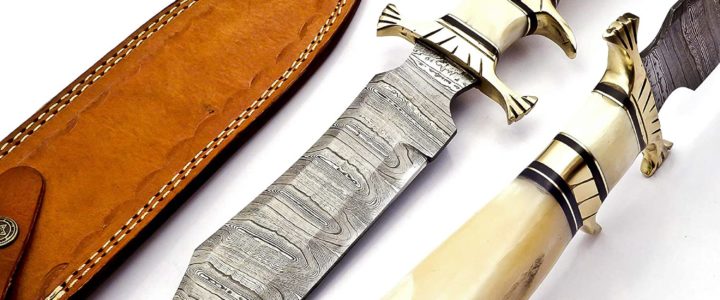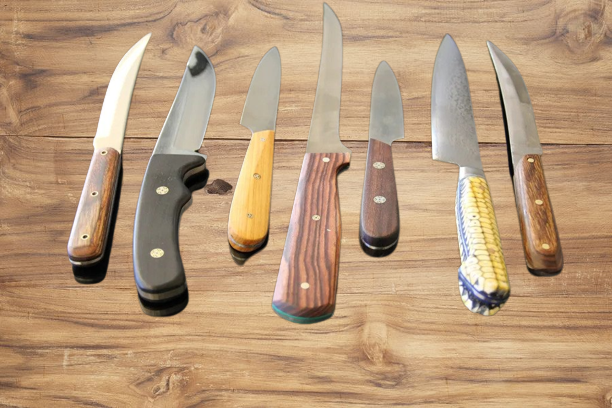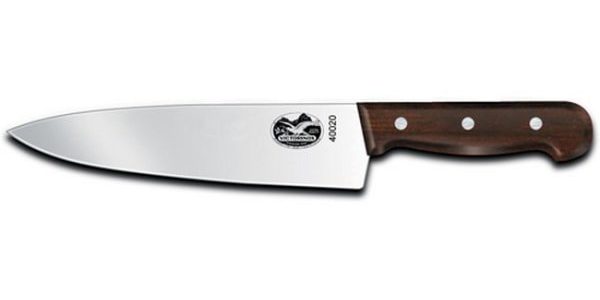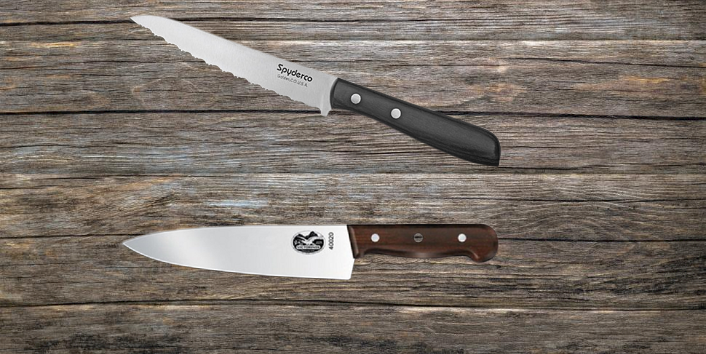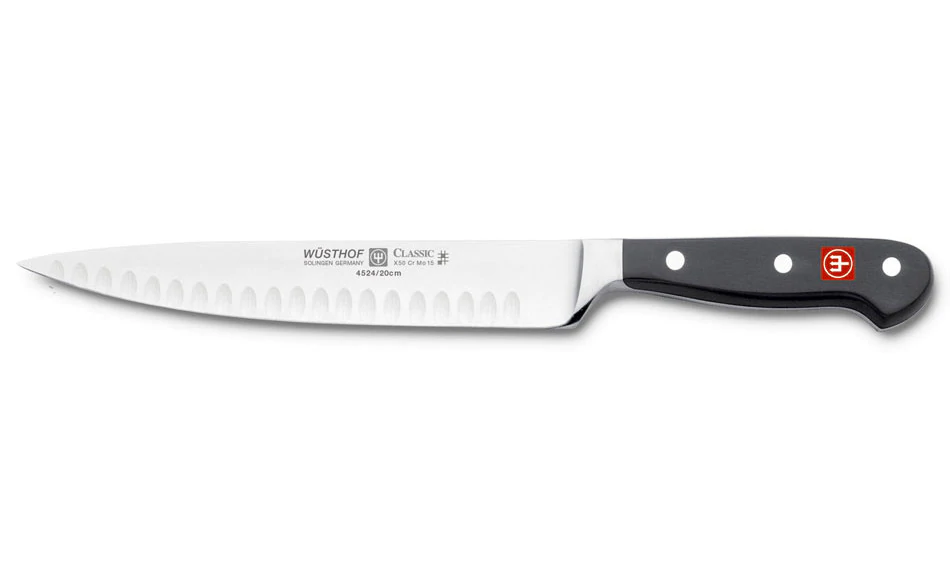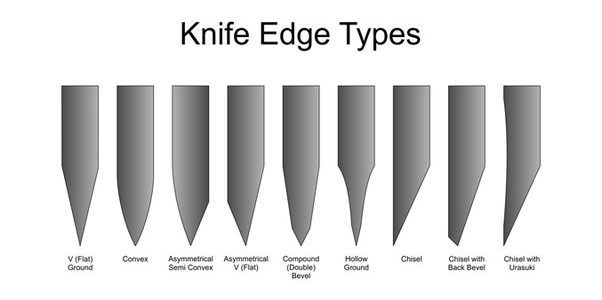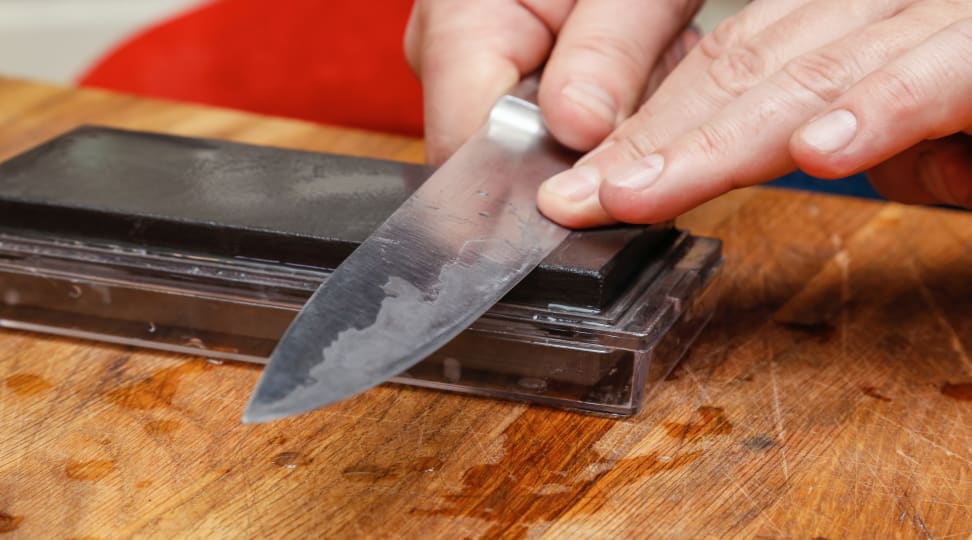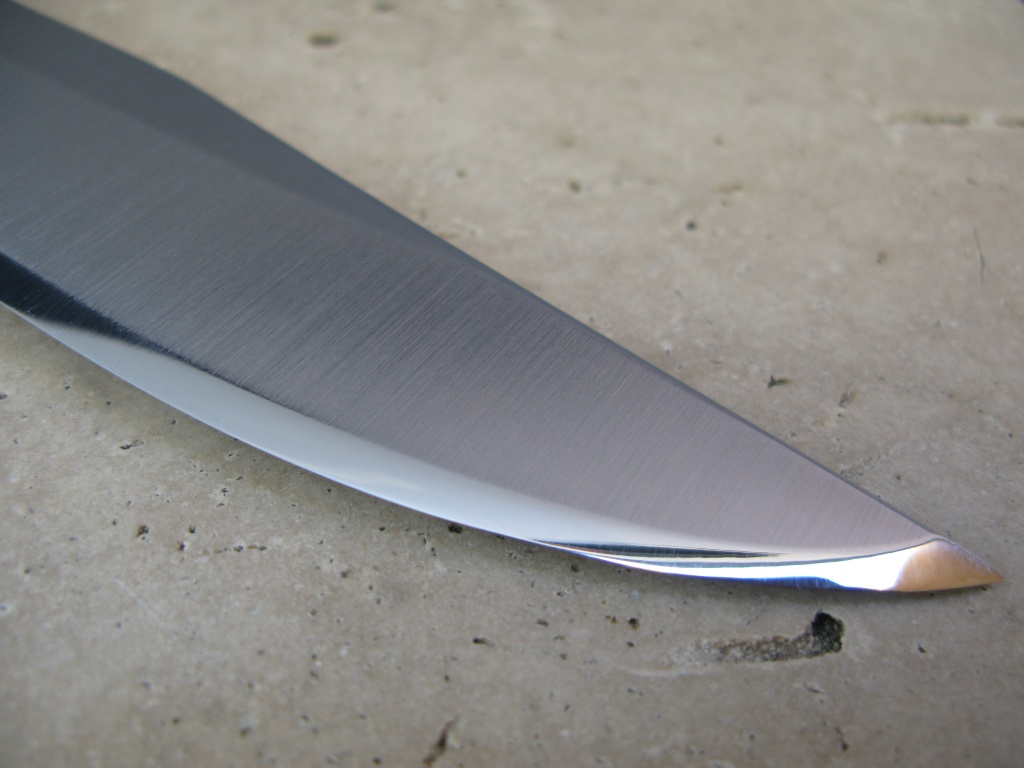If you’re looking for a new pocket knife, you may have considered a gravity knife. This type of knife has a blade that is located inside the handle, and it opens by using the force of gravity. This mechanism is different from the switchblade, which automatically extends the spring-propelled blade. It’s important to understand how gravity works in order to use a gravity knife. Here are some of the benefits of gravity knives.
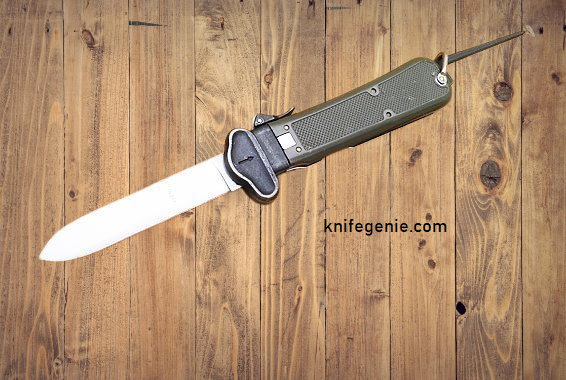
Gravity knife for sale
If you’re looking for a new kitchen tool, gravity knife for sale may be the answer. While the true gravity knife is illegal in most states, this kind of kitchen tool is legal in some. It is an exemption in Pennsylvania because it is considered a “curio” knife. Nevertheless, you don’t want to find yourself in jail for possessing a gravity knife. It might be easier to buy one at a hardware store and use it as a utility knife.
New York City police are infamous for enforcing the gravity knife statute, often targeting black men for their work tools. According to the Village Voice, 60,000 people were arrested for possessing a gravity knife in the city between 2003 and 2013. Of those arrested, 84% were black or Hispanic. The NYPD is still biased in their enforcement of the law, despite widespread disapproval of its use. This may explain why some cities are trying to make it illegal.

One of the most attractive Gravity Knifes for sale is a 1st Pattern, which is highly collectible. The blade of this knife retains almost all of its factory crossgraining and luster, although someone sharpened it in the past. The knife is stamped with an early commercial style manufacturer’s logo, SMF, which stands for Stocker & Co. of Solingen. Its wooden grip scales have an excellent patina and no chips. The metal parts are also stamped with the Luftwaffe’s acceptance stamp.
Best gravity knife you can buy
A gravity knife is a small, folding blade that uses the forces of gravity to open and close the blade. Often used by dock laborers and parachuters, this type of knife is portable and easy to use. The lightweight design makes it easy to carry and store in a pocket. Unlike many other knives, it is easy to use, allowing even beginners to use it without much difficulty. Listed below are some of the best gravity knives on the market.
This kind of folding knife opens by flicking the wrist. Instead of relying on an internal spring mechanism, gravity and inertia are used. The blade does not fold into the handle, but is released straight from the hilt when you pull it out. It slides back into its hilt when the knife is opened and closed. For ease of use, gravity knives are ideal for the outdoors or in any environment.

While these knives are similar to ordinary knives, they are made specifically for a person to use. Because of their unique design, gravity knives are easier to use than regular knives. The original gravity knife was created by the Luftwaffe in 1937 to help paratroopers land safely and quickly. The blades could be opened with just one hand, which was essential for soldiers who became stuck in parachute ropes or rigging during their descents.
A person simply flips their wrist backwards and releases the lever on the side of the knife. The lever secures the blade and prevents it from winding loosely on the hinge. The blade is then removed using flick’s inertia. When the user releases the lever, the blade remains in an open position. It is important to note that not all gravity knives are the same.
The main purpose of a gravity knife is to facilitate the opening and closing of the blade. The mechanism works by leveraging gravity and inertia. A force is not required to open the blade; it simply slides out from the hilt when the user flips the knife. This feature makes gravity knives extremely useful for parachutes. Modern gravity knives can be used by anyone who needs a quick and easy blade. While most knife designs require two hands to open, the gravity knife can be opened by one hand.
In addition to being useful for everyday tasks, gravity knives can also be used for criminal activity. In a Legal Aid Society report, a knife user was arrested in New York City last year for carrying a gravity knife. He purchased it at a uniform store in Jamaica, Queens, and had been using it to clean a weed-whacker at his job. He also used the knife to open paint cans, according to the officer.
Titanium gravity knife
The Titanium gravity knife is a framelock conversion that features a Titanium frame and Stainless clip. Both the blade stop and spacer are spring tempered 440-C Custom pieces, and the lockbar has been carbidized. In addition, the blade features bronze bushings on each side. The lockup is late and non-touching, and a stainless ball bearing detent keeps the knife from falling when opened.
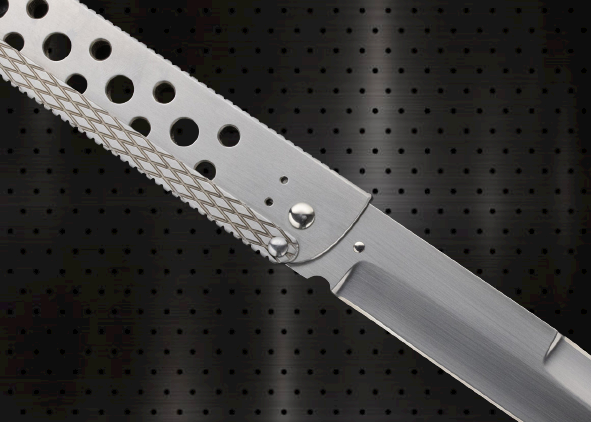
The blade is released by pushing a button, trigger, or fulcrum lever. Some of these knives use a side-folding or telescoping blade to accommodate the blade’s length. While most military gravity knives feature a locking mechanism, other types rely on friction to wedge the blade against the handle. The buttons and levers on factory-made gravity knives differ depending on the manufacturer. These models may be counterfeits or fakes.
Gravity knife Reate EXO
The EXO gravity OTF knife has a unique design that makes it a great choice for fidgety people. By simply pinching the scales on the handle and lowering the frame at an angle, you can open the knife with the use of gravity. This knife offers smooth action and a perfect fit, and comes with a kydex sheath. There are several different blade shapes available, too, and the manufacturer even offers an optional dye service for additional customization.

The Reate brand is a relatively new addition to the knife-making world. Founder David Deng has extensive experience in manufacturing and mechanical design and is dedicated to producing high-quality products at affordable prices. The company also makes the Reate knives on professional production equipment. The company uses a CNC high-speed engraving machine and a low-temperature tempering furnace to produce their knives. The brand also uses VG10, RWL34, and other materials for their handles.
Modern gravity knife look and feel
A modern gravity knife resembles a conventional folding knife. It opens by pressing a lever on its side, and the blade slides out. Once open, the blade slides into the knife’s hilt. The blade can be locked in place with a lever or by simply flicking the wrist in a rear-handed motion. When closed, the knife faces upward, and the blade falls back into its hilt.
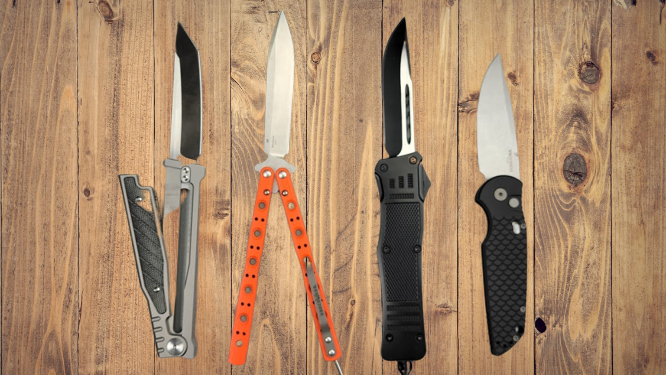
The history of gravity knives is interesting. The first gravity knives were used by soldiers to cut themselves free of parachutes. Later, they were used as utility tools and as self-defense weapons. Despite their simple design, gravity knives are capable combat knives. They are easily portable and can be carried on a belt or in a bag. The knife’s unique design and construction have led to several iterations. A good gravity knife should be easy to carry and comfortable to use.
The most popular modern gravity knife was invented in Germany during World War II. It was made to be easy to use by paratroopers, who often found themselves trapped in ropes during crash landing. The design of the gravity knife allowed paratroopers to open it with just one hand. Today, paratroopers and tradespeople often carry one of these knives around. Its small, lightweight, and convenient size make it an ideal tool for beginners.

